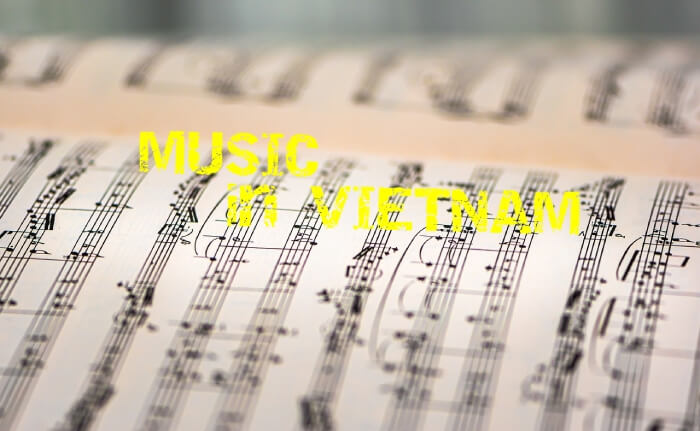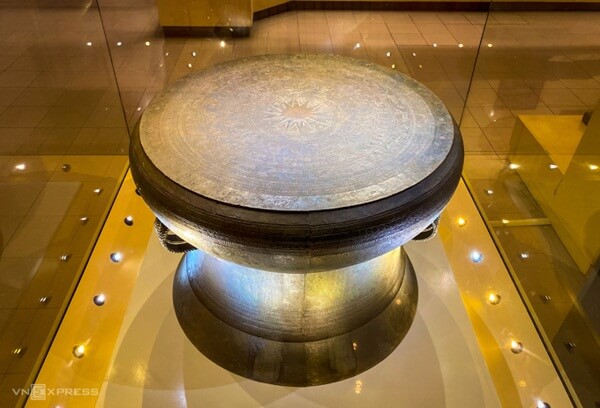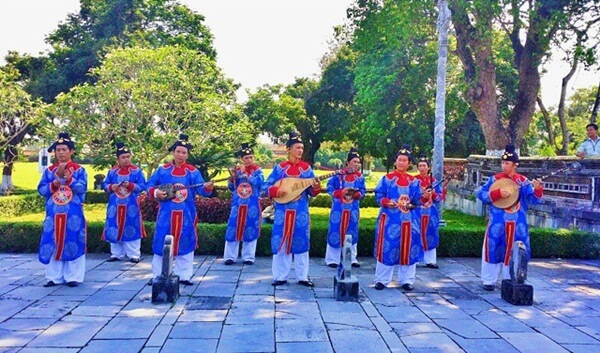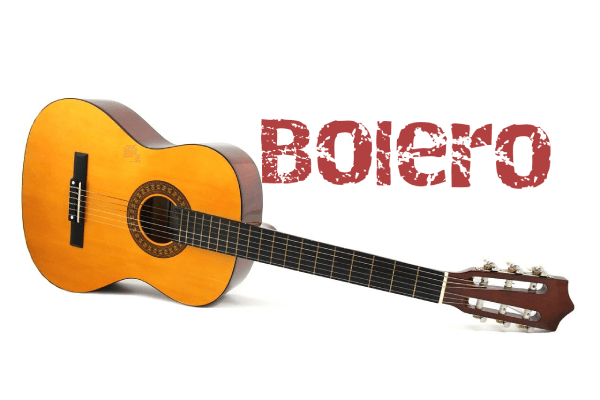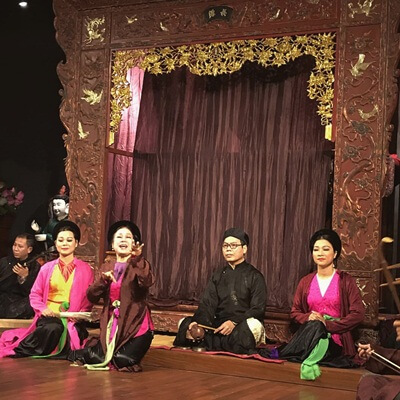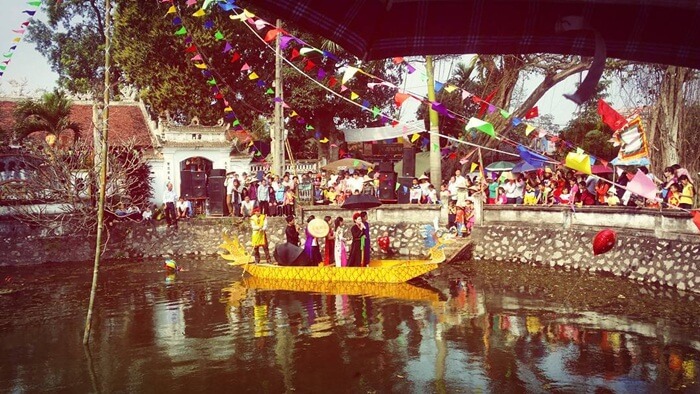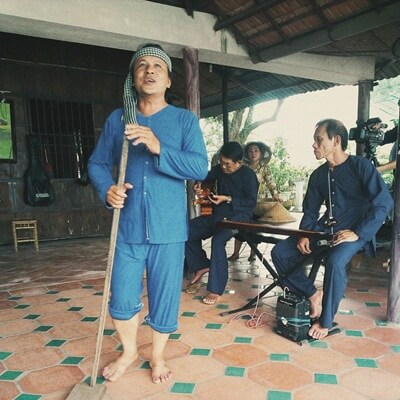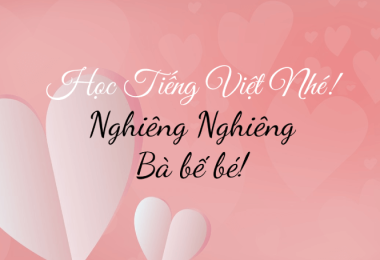Music in Vietnam has become a vital part of the daily life of the local people. Many types of traditional music have changed to suit new requirements, which can help them live in addition to modern styles.
In this article, Hue Flavor mentions about three main parts, including:
- History Summary of Vietnamese Music
- Eight traditional Vietnamese music genres
- The 5 most popular music genres in Vietnam today
Now, please go to explore it!
1. History Summary of Vietnamese Music
Music has long been considered an indispensable part of a nation. It is like a mirror that reflects a country’s most characteristic features, such as Vietnamese people, customs, and geography.
Vietnamese music is a continuous, endless flow with many branches and various kinds of music.
These things have created a history of music in Vietnam full of different nuances that give the audience a range of emotions.
Below, we briefly summarize its highlight flow:
1.1. The early stage of Vietnamese music
With a history spanning over 4,000 years, Vietnam has a rich and diverse musical heritage. Traditional musical instruments, various genres, and numerous musical works are deeply woven into the country’s culture.
Vietnamese music carries a wide range of emotions, serving as a way for people to express love, feelings about life, and connections to society. It also reflects religious beliefs, spiritual traditions, and local customs.
The origins of music in Vietnam can be traced back to early civilizations, as seen in cave paintings and ancient musical instruments. One of the most significant is the Dong Son bronze drum.
These drums, known for their impressive size and intricate designs, showcase remarkable craftsmanship. The detailed patterns on their surface depict scenes from ancient life, but their primary purpose remains as musical instruments. Each drum part produces distinct sounds, including notes like Mi, Fa, and Si.
1.2. The period of colonization
During the Northern invasions, Vietnamese music was heavily influenced by Chinese, Indian, and Cham cultures. This influence was evident in the adoption of musical instruments such as the Pi Pa, the Dan Tranh (16-string zither), and the Dan Nhi (two-string fiddle).
However, Vietnamese music evolved over time by blending these foreign influences with local traditions. This fusion created distinct regional music forms, including xam singing, cheo, ca tru, ho, cai luong, don ca tai tu, Nha Nhac Cung Hue, and quan ho.
Later, Western music made its mark on Vietnamese music during French colonial rule. This period set the stage for the emergence of modern Vietnamese music in the late 1930s, particularly with romantic pre-war songs. These songs often carried a dreamy, detached quality, lacking a specific time or place.
In North Vietnam, revolutionary or “red” music emerged after 1945, led by influential musicians who would shape modern Vietnamese music. Unlike pre-war songs, which were highly romanticized, red music connected its themes of love and idealism to social life, historical events, and national identity.
Meanwhile, in South Vietnam, new genres such as Bolero, Young music, and Du Ca gained popularity. Among them, Bolero remains one of the most enduring and beloved genres in Vietnam. With its simple, heartfelt lyrics and deeply emotional melodies, Bolero resonates with listeners in a way that feels both familiar and profound.
1.3. The period of unification and development
Since Vietnam’s reunification in 1975, the country’s music scene has flourished, embracing various styles and genres worldwide.
Local artists blend influences from Asia, Europe, America, and Africa, often collaborating with international musicians to create fresh and diverse sounds. Vietnamese artists abroad also play a key role in shaping and expanding the nation’s music landscape.
Today, the music industry is experiencing a wave of renewal and innovation. As society evolves and global music trends gain traction, Vietnamese music has taken on a more modern, youthful, and stylish appeal.
2. Eight traditional Vietnamese music genres
Traditional music in Vietnam crystallizes priceless artistic creations handed down and fostered over many generations. It is proof of a diverse, rich, and historic national culture.
2.1. Cheo
- Established and developed from the X century.
- This folklore is popular in North Vietnam.
- The Cheo plays are inspired by legends in life, showing love and national pride.
- The intense drum is the main sound for Cheo Vietnam.
2.2. Xam Singing
- Xam is a professional folk song, but the main stages are the streets, market, banyan trees, and temple yards.
- Xam songs tell about various aspects of life and society.
- Xam singers, also called Xam singing artists, have to update the issues of Vietnamese life and criticize bad things in the current society.
2.3. Quan Ho
- Quan Ho is a form of love singing.
- Quan Ho has been considered the core singing of Nort Vietnam for thousands of years.
- The singers of Quan Ho have the professional skills to sing both strongly and emotively and have learned many folk songs by heart.
- UNESCO recognized Quan Ho Bac Ninh as an intangible cultural heritage of human beings in 2009.
2.4. Chau Van
- Chau Van is also a traditional music from the northern part of Vietnam.
- This kind of ceremony music is used in the spiritual ceremony of worshipping.
- Since 1954, Chau Van has been ruined because it was believed to be a superstition. But for the last few years, Chau Van has been noticed trying to preserve its songs.
2.5. Ca Tru
- Ca Tru has developed enormously since XV. It is traditional music in North Vietnam, combined with conventional instruments like Dan Day (Bottom Flock). Ca Tru used to be a piece of royal music that royal classes and scholars liked.
- Ca Tru uses many types of literature, including stories and poems. Still, the highlight of this music is telling and singing.
- Ca Tru has vocal and instrumental music with delicate and polite lyrics.
- UNESCO recognized Ca Tru as an intangible cultural heritage in 2009.
2.6. Royal Music
- Royal music belonged to feudalism and has been shown in festivals since the Tran and Nguyen dynasties.
- UNESCO recognized Hue royal music as an oral masterpiece and an intangible cultural heritage in 2003.
- UNESCO evaluated royal music as a rare traditional music that could become the national music of Vietnam.
2.7. Don Ca Tai Tu
- Don Ca Tai Tu, which is based on Hue royal music and folk literature, was established and developed in the 19th century.
- It is a type of performance with a band, including Dan Kim, Dan Co, zither, and monochord. Recently, the guitar has replaced the monochord.
- It is a typical art that includes using musical instruments and singing.
- People in South Vietnam are good at Don Ca Tai Tu and often sing it after working.
- UNESCO recognized it as an intangible cultural heritage in 2013.
2.8. Ho
- Ho is a singing performance in Middle and South Vietnam, typical cultural music of the daily life of the locals.
- Originated from the workers on the rivers, telling about their feelings and thinking.
- Popular types of Ho include Ho Dong Thap, Ho Keo Luoi (Ho when pulling the fishing net), Ho Qua Song (Ho when crossing a river), Ho Khoan, Ho Mai Nhi, Ho gia gao (Ho when pounding rice), Ho Xay Lua ( husking rice), Ho keo go (pulling wood), Ho dap lua (threshing rice).
3. The 5 most popular music genres in Vietnam today
3.1. The Sweet Melodies of Bolero
Bolero is familiar to most Vietnamese, representing years and life. Sensing emotions with a sweet and soft melody, It originated in Spain and was imported to Latin America in the early 1950s.
Since then, Bolero has not lost its position in the hearts of the audience with immortal songs. Many singers of this type of music, such as Giao Linh, Nhu Quynh, Manh Quynh, and Cam Ly, still live the spiritual life.
Below are famous singers who perform Bolero music:
3.2. The Rise of Rap (2018–2020)
Originating from America in the black community, Rap belongs to hip-hop culture, which is an abbreviation of Rhythm and Poetry. The new performance style has its own identity and rhymes and combines with dance moves to attract the audience’s eyes.
In 2017, with the outstanding development of Vietnamese Rap in Vpop (Vietnamese pop), the first beginners of Xesi, Masew, and Nhat Nguyen opened a prosperous period for Rap music.
The liberal freedom characteristic of Rap music is even more powerful in domestic music development. Since 2018 – 2020, Rap music has improved in Vietnam with famous artists like Binz, Karik, Wowy, and Suboi.
3.3. Pop Music’s Enduring Presence in Vietnam
Pop music originated from rock and roll and has evolved in various ways across different eras and regions. Despite these variations, it remains widely popular. Characterized by catchy melodies and repetitive passages, pop songs often focus on themes of love and emotions.
Modern V-pop is influenced by C-pop, K-pop, and Western pop, bringing fresh and dynamic elements to Vietnamese music.
In recent years, music competitions in Vietnam, such as Vietnam Idol, The Voice, Vietnamese Star, and Star Academy, have significantly shaped the industry and fuelled the growth of new talent.
Notable V-pop artists include Soobin Hoang Son, Son Tung M-TP, Uyen Linh, Huong Tram, Van Mai Huong, and Truc Nhan, who continue to define and elevate Vietnam’s pop music scene.
3.4. The Lasting Appeal of Ballads
Ballads originate from country and folk music, which has slow and leisurely melodies. The music uses elegant and luxurious words to make listeners comfortable and enjoyable.
Today, ballads are mixed with many different genres of music, such as rock, opera, and folk, but the most popular is still pop.
In Vietnam, many famous singers have used this music, such as Vu Cat Tuong, Pham Hong Phuoc, Bich Phuong, Trung Quan, and Thuy Chi.
3.5. A New Genre in Vietnam: Blending Music Styles
Many young Vietnamese artists are experimenting with music, blending different genres to create fresh, dynamic sounds. This fusion not only introduces new tones but also revitalizes traditional Vietnamese music.
A recent example of this trend is “Bac Bling,” a musical phenomenon in Vietnam. The song features traditional instruments like the moon lute, flute, two-stringed fiddle, and drum. Still, it presents them in a modern arrangement with an upbeat tempo. It perfectly combines traditional folk music with contemporary hip-hop, creating a unique and exciting listening experience.
Give “Bac Bling” by Hoa a listen and experience this innovative mix firsthand!
Although there are many genres of music in Vietnam, the above article lists the top popular music genres today. Depending on your personal preferences, you can choose the right Vietnamese music to try listening to.

